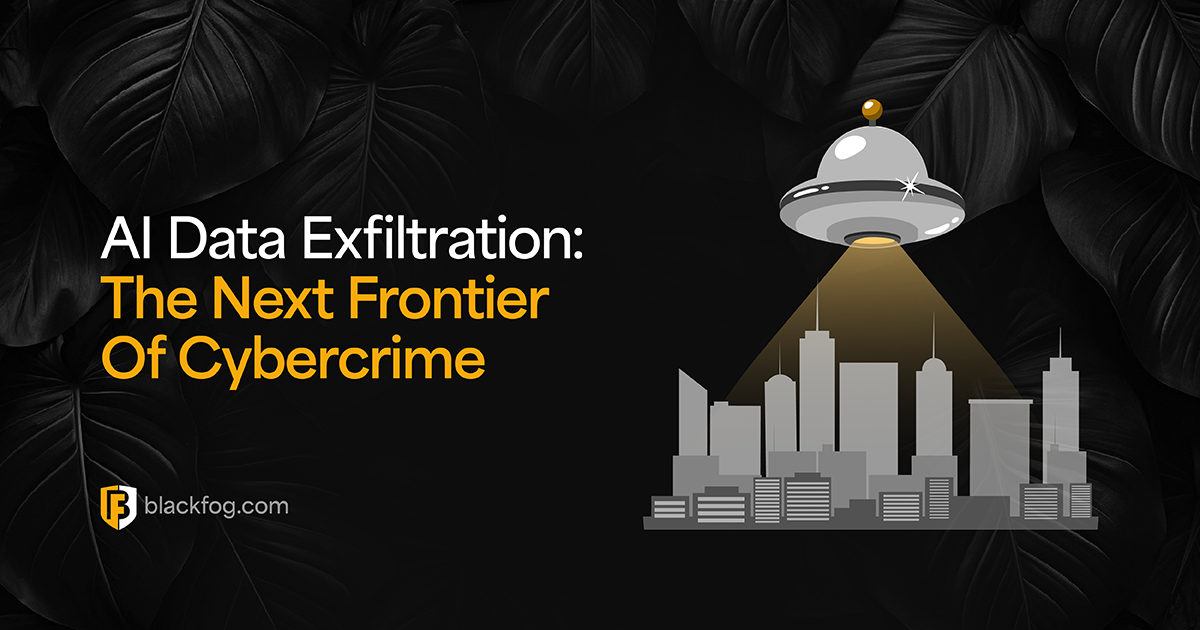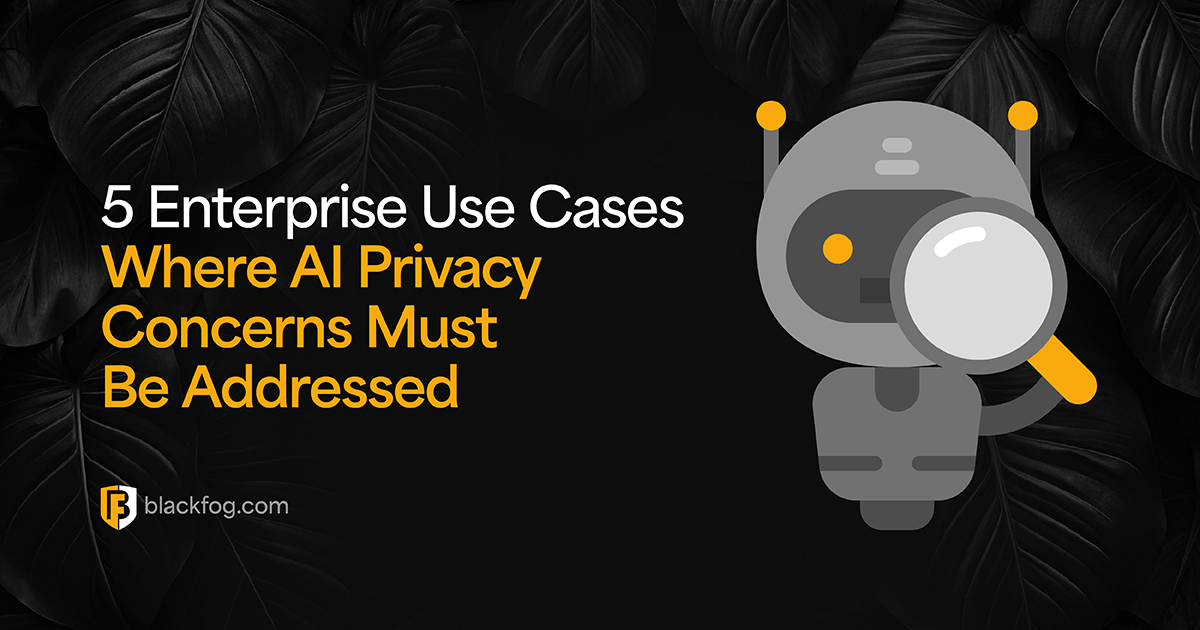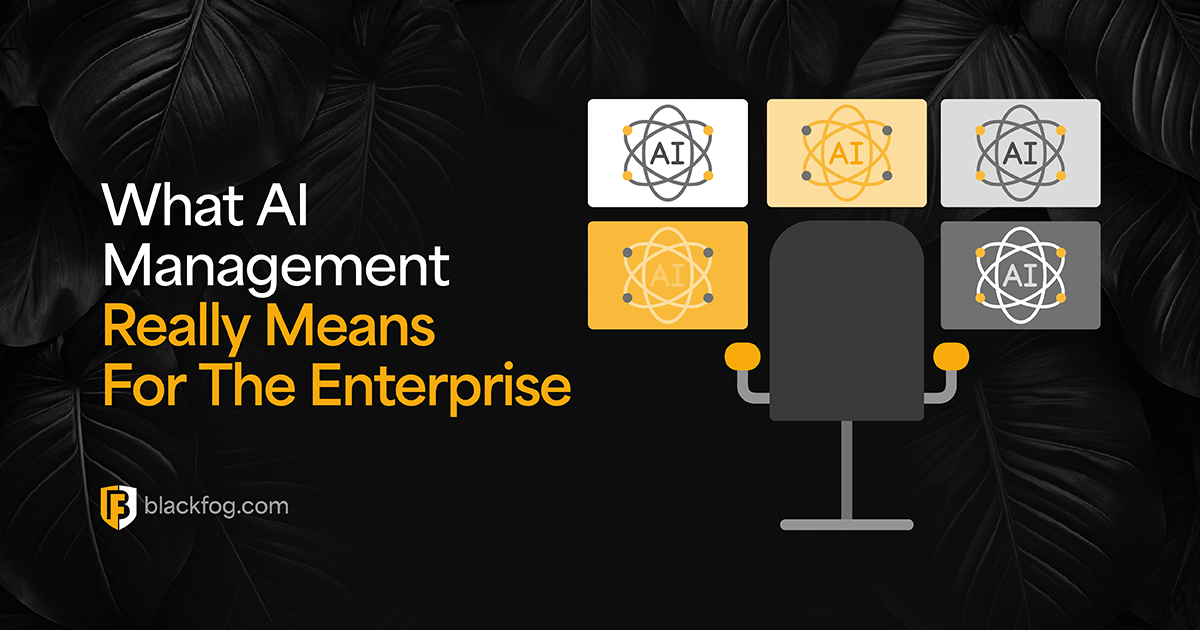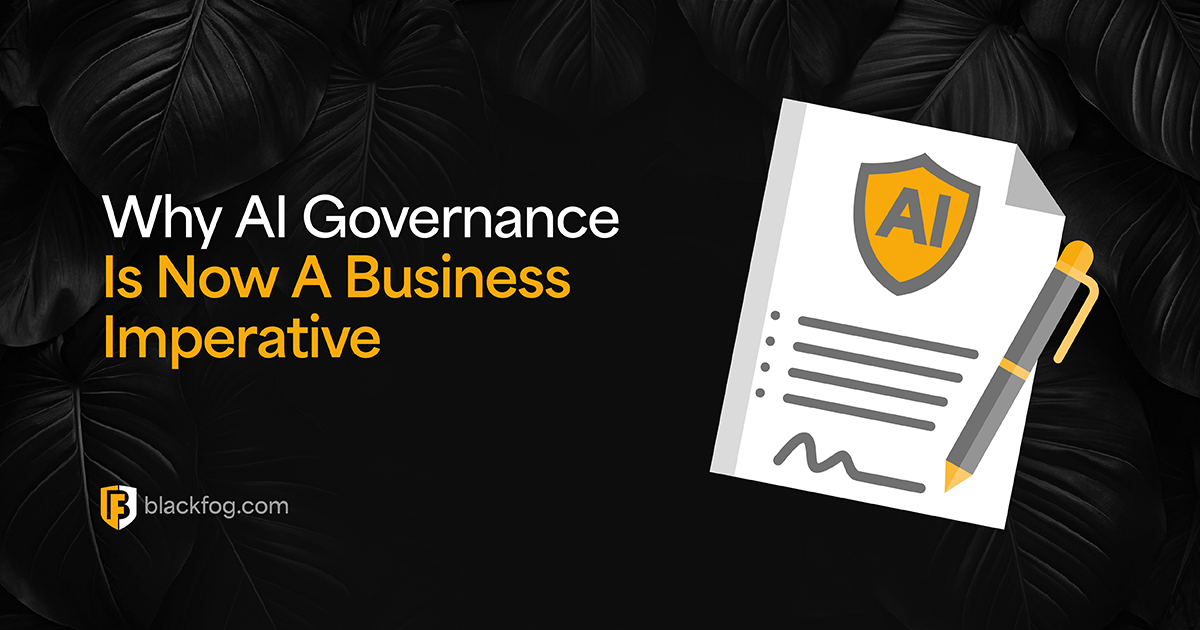
Data Protection vs Data Security: The key Differences to Know
Data is any firm’s most valuable asset. This could be financial information, intellectual property, trade secrets, research and development data, or customer and employee personal details. But regardless of what type of data firms have, its importance cannot be understated.
However, this also makes it a target for those with malicious intent. Hacking attacks intending to exfiltrate this data have grown hugely in recent years, and there are a number of reasons behind this. One of the biggest drivers is that criminals know how precious business data is and understand that enterprises will often be prepared to pay in order to have their data returned, or to prevent it being publicly released.
Indeed, extortion is now the primary goal of the vast majority of ransomware attacks, as more than nine out of ten such incidents seek to exfiltrate data for this purpose. What’s more, once hackers have been able to get their hands on information, there is often very little firms can do to mitigate the damage. Therefore, they must put in place a data protection and data security strategy that stops assets being stolen in the first place.

What are Data Protection and Data Security
Broadly speaking, both data security and data protection refer to the activities firms do to keep their most valuable digital assets safe from threats. This can include inadvertent issues, such as accidental data loss or disclosure, as well as deliberate activities, including hacking attacks and malicious insiders.
Defining Data Security
In essence, data security refers to all the activities you undertake to safeguard your data from unauthorized access or use. This includes efforts to protect information from theft, modification or destruction by hackers, as well as people within the business who should not have access to data.
What is Data Protection?
Data protection, on the other hand, takes a wider view that goes beyond simply protecting data from unauthorized access. This topic also encompasses all the policies, procedures and technologies to ensure data is collected, stored and processed in a lawful and ethical way. Therefore, data security can be considered as a subset of data protection.
Meeting Data Protection Regulatory Requirements
Keeping close control of data is also essential if firms are to maintain compliance with increasingly tough regulations. Legislations such as the EU’s General Data Protection Regulation (GDPR) and the California Consumer Protection Act (CCPA) in the US don’t just govern what businesses are and are not allowed to do with the personal customer information they collect. They also have strict requirements for how this data is stored and monitored to guard against issues such as unauthorized access and data theft.
The penalties for failing to adequately protect data can be huge. In GDPR’s case, for example serious breaches can be fined either €20 million or four percent of a firm’s global revenue – whichever is higher. This represents a serious threat to even the largest firms, and data regulators have already shown their willingness to use these powers, with the likes of Meta already being fined over €1 billion for data protection failings.
Data Protection vs Data Security: Key Differences
Firms may often see the terms data security and data protection used interchangeably, but this is not the case. While there is overlap between the two, they each require their own approach, technologies and solutions.
The primary goal of data security is to maintain the confidentiality, availability and integrity of data. To achieve this, a range of technological and human solutions are required, including data protection software, staff training and monitoring tools.
Data protection, meanwhile, is also concerned with a range of wider issues, including information privacy, governance and ensuring data is used lawfully, in addition to guarding against threats like hacking and ransomware. It therefore represents a more holistic approach to safeguarding information, whereas data security has a tighter focus on preventing data breaches.
Tips for Data Best Practices
Understanding what steps must be taken to enhance both data security and data protection is essential to the successful running of any business. This will not only help with safeguarding data from attackers, but ensure that in the event of other issues, such as data loss or downtime, businesses can get back up and running quickly.
Data best practices fall into a number of categories. Here are a few of the key things you need to know for each:
Data Security
The key elements that keep data safe from malicious attackers. Essential best practices under this category include:
- Access management – Ensure only authorized users can access data and have alerts set up should any unusual activity be detected.
- Anti data exfiltration – Prevents criminals from removing valuable data from the network.
- Encryption – Tough encryption is a vital last line of defense that means even if hackers do access your data, it will be unusable for them.
Data Governance
Data governance covers a range of issues, including who has ultimate responsibility for the data, where it may and may not be used, and what regulations need to be adhered to. Key best practices include:
- Visibility – Firms must make the effort to understand exactly what data they possess, where it is located and who has access to it – which can be a tricky task in today’s sprawling businesses.
- Responsibility – GDPR rules require organizations to have an assigned data controller, who in turn should make it clear to every individual what their responsibilities are when it comes to data protection.
- Training – Ensuring all employees understand their own roles when it comes to data – both in terms of how they may use these assets and what they must do to protect them – also falls under this category.
Data Storage
How and where data is stored is another key aspect that must be paid close attention to. This should cover issues such as cloud security, policies for the use of personal devices, and backups. Among the key best practices to bear in mind are:
- Backup policies – This should detail exactly where backups are to be stored – such as the cloud or off-site locations – and how often such activities should take place.
- Classification – Subjecting every piece of data within the business to the toughest possible protections won’t be practical or necessary, so it’s vital firms are able to review all data they hold and categorize it based on importance, with the most sensitive and critical data having the strongest focus.
- Recovery – Having a comprehensive, tested plan for recovery with clear objectives for times and what data should be prioritized is critical.
Data Privacy
User privacy is another important aspect of safeguarding data. As well as ensuring personal information doesn’t fall into the hands of fraudsters, firms must put in place best practices to ensure data is not being misused within the business. These include:
- Regulatory compliance – A thorough review of what rules apply to the business and what steps will need to be taken to meet these standards must be conducted right at the start of a new data protection strategy, as well as being regularly reviewed.
- User consent – Data rules now require the owners of data to provide informed consent for the use of their data. This means defining exactly how firms intend to process data and who it will be shared with.
- Ethics – Even if users have given their consent, it will still be incumbent on businesses to ensure they are using the data they possess in an appropriate way.
Ensure the Security of Your Data with BlackFog
Preventing data exfiltration must be a key element of any data security strategy. This is because, even with the best antimalware solutions and the most comprehensive training in place, no business can guarantee 100 percent protection against hackers entering their network, or malicious insiders abusing the level of access they already have. However, firms can take steps to ensure that, even if their perimeter is breached, criminals will not be able to steal data.
This requires technologies to be put in place on every endpoint to monitor activity and actively block any attempts to remove data from the network. Most data security solutions are focused on protecting the perimeter and watching what is coming into the network, but dedicated anti data exfiltration tools focus on monitoring outgoing traffic to look for any unusual behavior that is indicative of data theft.
BlackFog’s anti data exfiltration (ADX) solution is designed to be deployed across every endpoint, including mobile devices that would otherwise be outside the network perimeter. By using on-device analysis, digital assets remain secure, eliminating another data risk and enabling real time threat detection using AI-based algorithms to automate and prevent attacks without the lag time associated with human intervention.
By using on-device analysis that does not require data to be sent back to central servers, machine learning that builds up a complete picture of what normal activity in a business looks like, and automation technologies that remove the need for manual human oversight, it can instantly step in to protect firms’ data before hackers have a chance to exfiltrate it.
Share This Story, Choose Your Platform!
Related Posts
AI Data Exfiltration: The Next Frontier Of Cybercrime
How are cybercriminals using AI data exfiltration to enhance their ransomware attacks and what must businesses do to counter these threats?
5 Enterprise Use Cases Where AI Privacy Concerns Must Be Addressed
AI privacy concerns are rising with AI adoption - five use cases highlight the key issues businesses must consider.
What AI Management Really Means For The Enterprise
Ongoing AI management is essential in maintaining compliance in a challenging environment. Here's what businesses need to consider.
AI Security Risks Every Business Must Know About
AI Security Risks are growing as AI embeds in business. What key threats must firms address to stay compliant with data regulations?
Who’s Really In Charge? Why AI Governance Is Now A Business Imperative
Find out why a strong AI governance program will be essential if enterprises are to make the best use of the highly in-demand technology.
AI Compliance: A Roadmap For Addressing Risk And Building Trust
AI compliance is set to be a major focus for businesses in the coming year. Here's what you need to know to make this as easy as possible.






